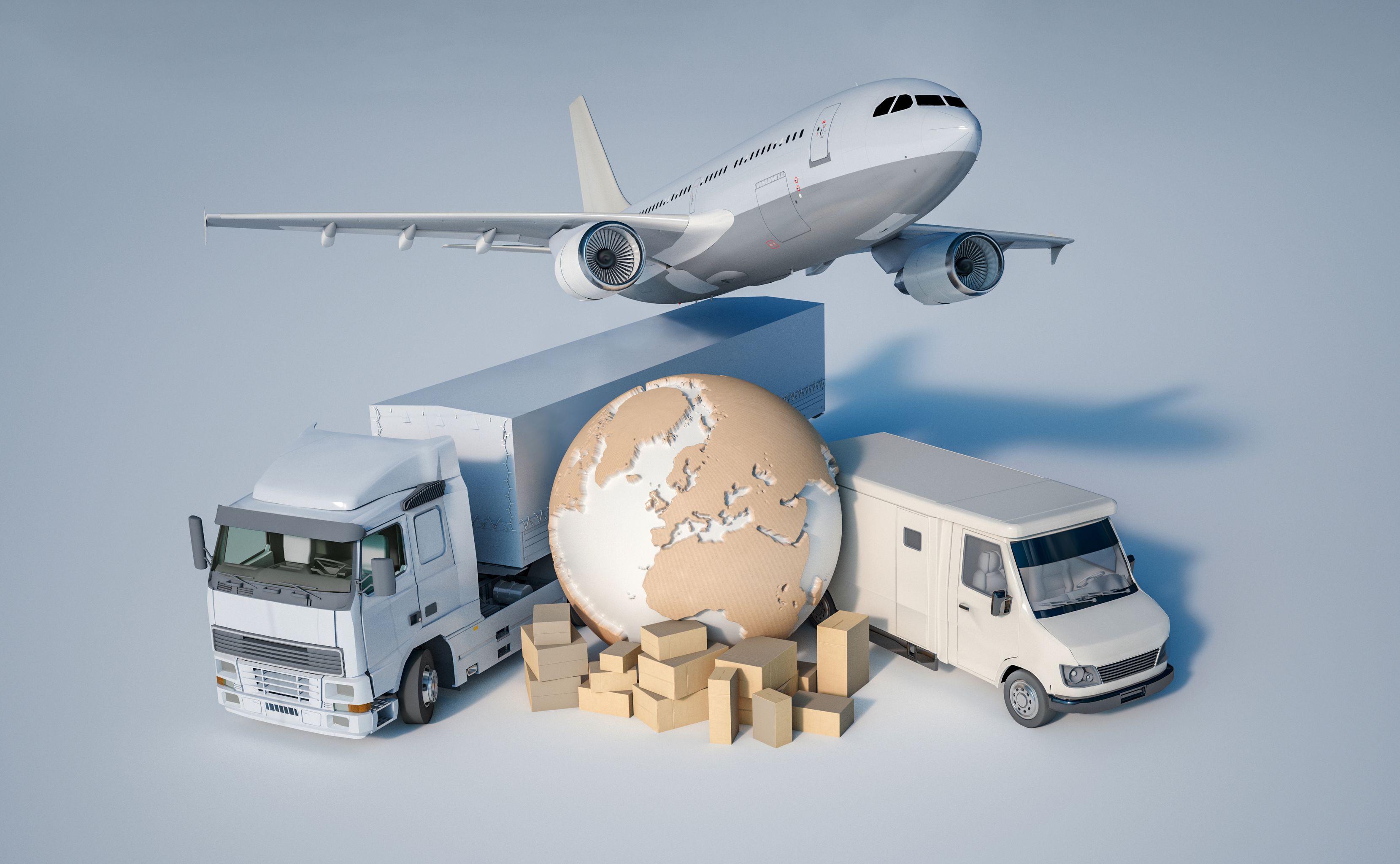The Ultimate Guide to Sludge Pumps: Types, Features, and More!

If you’ve ever had to manage wastewater treatment, sewage systems, or even specific industrial processes, you’ve probably dealt with sludge. This dense, semi-solid material is a headache, particularly regarding transportation. So, how do you tackle this gooey problem? Enter sludge pumps—a crucial component for moving this material from point A to B with minimal fuss. Not all sludge pumps are equal in their creation, and selecting the appropriate one can pose a challenging dilemma. In this guide, we’ll dive into the various types of sludge pumps, break down their features, and give you tips on how to pick the perfect one for your needs.
What is Sludge?
Before we delve into the machinery, let’s take a moment to clarify what we mean by “sludge.” In sewage treatment or industrial waste management, sludge is a byproduct of water, solid particles, and various other elements. It varies in consistency but usually has a high viscosity, making moving challenging.
Types of Sludge Pumps
| Type of Pump | Description | Best Used For |
| Diaphragm Pumps | Operates using a diaphragm to move sludge | Lower viscosity sludges |
| Progressive Cavity Pumps | Uses a rotor-stator design for handling heavy sludges | High viscosity, thick sludges |
| Centrifugal Pumps | Employs a high-speed impeller to create a flow | Lighter sludges, less viscous |
| Submersible Sludge Pumps | Designed to operate while submerged in sludge | Water treatment, mining, and dredging |
Diaphragm Pumps
Diaphragm pumps are a reliable choice for lower-viscosity sludges. They use a diaphragm to suck in and push out the sludge. They are beneficial for applications where you need a self-priming system.
Progressive Cavity Pumps
When dealing with sludges of high viscosity, the Progressive Cavity Pump comes to the rescue. Its unique rotor-stator design enables it to handle thick, solid-rich sludges with a constant flow, making it an indispensable tool in many industries.
Centrifugal Pumps
The Centrifugal Pump is often the go-to choice for lighter, less viscous sludges. It uses a high-speed impeller to create a flow, effectively lifting and discharging the sludge. While unsuitable for thicker sludges, water treatment facilities often use them.
Submersible Sludge Pumps
Last but not least, we have the Submersible Sludge Pump. This type operates while submerged in sludge, making it ideal for water treatment, mining, and dredging applications.
Key Features to Consider
- Flow Rate: Ensure the pump can handle the amount of sludge you need to move.
- Material: Consider pumps made of corrosion-resistant materials for longevity.
- Energy Efficiency: Look for pumps that perform well without skyrocketing energy costs.
- Ease of Maintenance: Opt for easily clean and maintained designs.
Making the Right Choice
With this knowledge, you’re better prepared to make an educated decision. To recap, consider the type of sludge, its viscosity, and the specific requirements of your application—factor in features like flow rate, material, energy efficiency, and ease of maintenance. Consult professionals or engineers to ensure the pump you’re considering is up to the task.
Conclusion
Sludge may be messy, but choosing the right pump doesn’t have to be. You have options from Diaphragm Pumps for less viscous sludges to Progressive Cavity Pumps for the thick stuff. And remember those critical features! Here’s to making your sludge management a smoother operation. Cheers!
Frequently Asked Questions (FAQs) About Sludge Pumps
- How do I choose the right sludge pump for my needs?
To choose the right sludge pump, consider factors such as the type and viscosity of the sludge, flow rate, pump material, energy efficiency, and ease of maintenance. You may also consult professionals or engineers for a more tailored recommendation.
- Are sludge pumps and sewage pumps the same?
Although both find use in waste management, they differ from each other. Designers create sludge pumps to handle highly viscous materials, whereas sewage pumps typically serve for less dense waste.
- What materials are sludge pumps typically made from?
Sludge pumps are often made from corrosion-resistant materials such as stainless steel or high-grade plastics to ensure durability and longevity.
- How do I maintain a sludge pump?
Maintenance requirements can vary depending on the type of sludge pump. However, regular cleaning, lubrication, and inspection of parts are generally recommended. When selecting, consider the feature of easier maintenance in some pumps.
- What does “Flow Rate” mean in the context of sludge pumps?
Flow rate refers to the volume of sludge the pump can move in a given period, often measured in gallons per minute (GPM) or litres per minute (LPM). Ensure your chosen pump can handle the volume you need to move efficiently.
- Can you use a submersible sludge pump in hazardous environments?
It depends on the specific model and its design features. Some manufacturers design submersible sludge pumps to operate in hazardous or corrosive environments. Always consult the manufacturer’s specifications to determine suitability.
- How energy-efficient are sludge pumps?
Energy efficiency can vary significantly among different types and models of sludge pumps. Check the energy ratings and consult with professionals to find a pump that meets your operational needs without significantly impacting energy costs.
- Where can I buy a sludge pump?
Sludge pumps are available from specialized suppliers, industrial equipment stores, and online marketplaces. It is advisable to purchase from reputable sellers and consult with experts before purchasing.
